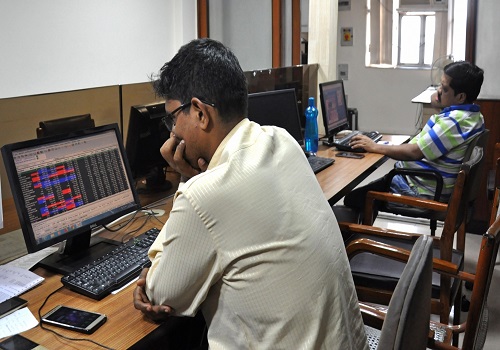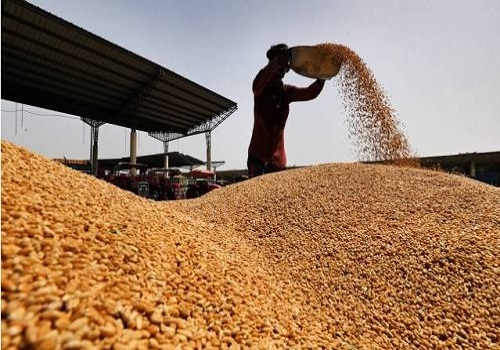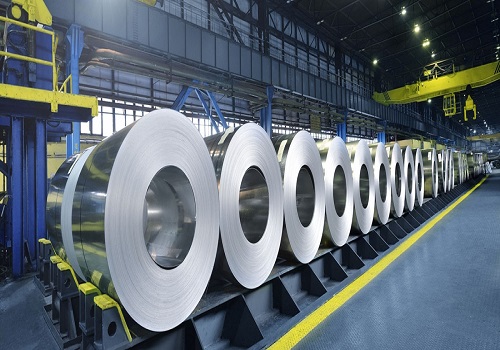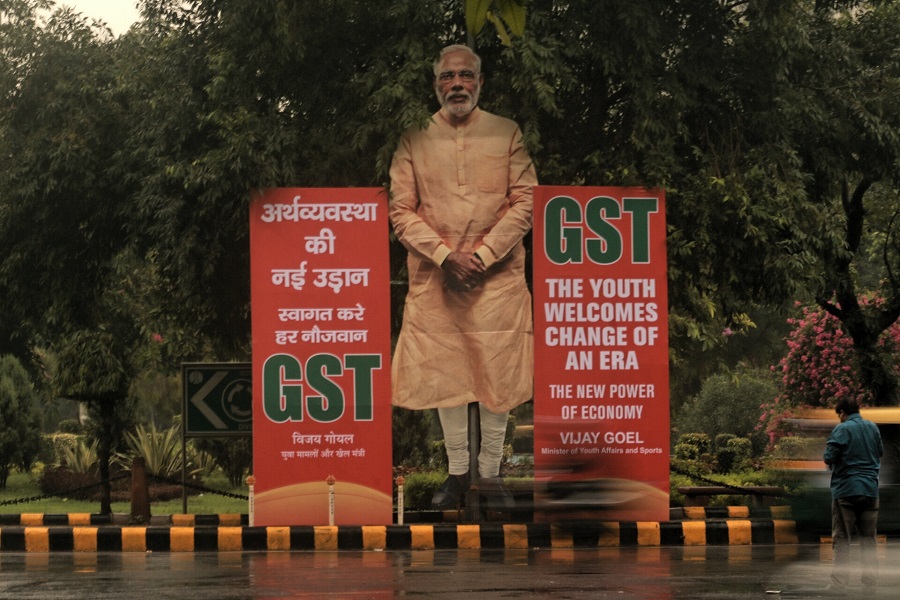China's Soybean Imports Rise Despite Feed Cutback Goals by Amit Gupta, Kedia Advisory

Despite Beijing’s efforts to reduce reliance on foreign soybeans by reformulating livestock feed, China continues to import record volumes. Soymeal's share in animal feed has dropped from 18% in 2017 to 13% in 2023, with a target of 10% by 2030. However, soybean imports reached record highs in 2023 and are projected to climb further in 2024-25, suggesting either stockpiling or understated feed usage. Brazil, China’s top supplier, may face risks if feed reduction policies gain traction, while U.S. exporters remain cautious. With China's hog herd stagnant and pork demand plateauing, global soybean trade may be facing a shift driven more by economic conditions than by feed efficiency alone.
Key Highlights
* China plans to cut soymeal use in animal feed to 10% by 2030.
* Soybean imports hit record highs despite reform targets.
* USDA projects China will import 109 million tons in 2024-25.
* Pork production stagnates, limiting further soymeal demand.
* Brazil’s soy exports face potential risk as China reforms.
Soybean prices have remained firm as China, the world’s top importer, continues to buy record volumes despite ongoing efforts to reduce soymeal use in animal feed. In 2023, Chinese soybean imports reached historic highs, and projections for 2024-25 remain strong at 109 million tons, according to the U.S. Department of Agriculture (USDA). This contrasts sharply with China’s stated goal to reduce soymeal's share in animal feed from 13% in 2023 to 10% by 2030.
The performance of soybean imports has not aligned with Beijing’s narrative of feed reform. While ministry reports suggest some progress — cutting soymeal usage by about 4.8% since 2017 — actual imports continue rising. This has led to speculation that China may be underreporting feed use or bolstering state stockpiles, especially favoring U.S. beans, which store better than Brazilian soy due to lower moisture content.
Supporting this disconnect, China’s hog herd — the primary consumer of soymeal — has shown no significant growth. The herd has stagnated at levels similar to 2017, with pork demand also flattening due to consumer shifts and economic slowdown. As pork plateaus, so might soybean demand, unless stockpiling or export dynamics shift significantly.
In other news, Brazil’s soybean industry, which has thrived on Chinese demand, faces mounting uncertainty. Should China’s feed reduction goals start impacting actual imports, Brazilian exporters could be hit hard. Meanwhile, U.S. exporters remain cautious but observant, especially as USDA now relies more on global shipping data than Chinese customs for accuracy.
Finally
China’s growing soybean imports defy feed cutback ambitions, raising concerns over the real effectiveness of reform and hinting at broader shifts in global soy trade dynamics.
Above views are of the author and not of the website kindly read disclaimer










More News

U.S. Wheat Outlook for 2025/26: Higher Supplies, Lower Exports by Amit Gupta, Kedia Advisory











